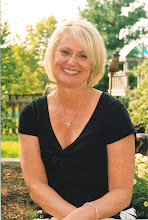
Let's hope Strickland signs this.
COLUMBUS — Purchasing a psychoactive herb known as Salvia divinorum for a mind-bending trip soon could be illegal in Ohio.
Gov. Ted Strickland is reviewing a bill passed by the General Assembly at the end of its lame-duck session.
If he signs it, Ohio will become at least the sixth state to ban the obscure Mexican herb in the mint family, putting it on a par with marijuana as a plant that is illegal to purchase, possess or sell in any quantity. The ban would go into effect in 90 days.
The active ingredient in the plant -- known as Salvinorin A -- is widely regarded by biochemists as one of the strongest natural hallucinogens, but it is not considered addictive.
Lawmakers said they were prompted to act by the death of a Loudonville boy who was killed by a friend who had smoked the herb. But users of the plant have said it's unlikely the drug played a role in the killing because its effects are so debilitating.
Small packages of the herb are sold at head shops across Ohio under various names, including Holy Smoke, and are available on the Internet in varying degrees of potency.
The plant, used for centuries by medicine men of the Mazatec Indian tribe in Mexico, produces potent and intense hallucinations in which users report feeling as if they had been separated from their bodies and were entering another reality. The effects are said to last only for a short time, compared with synthetic hallucinogens such as LSD.



